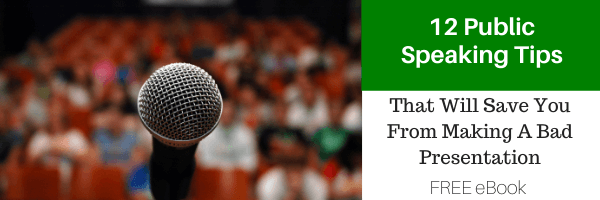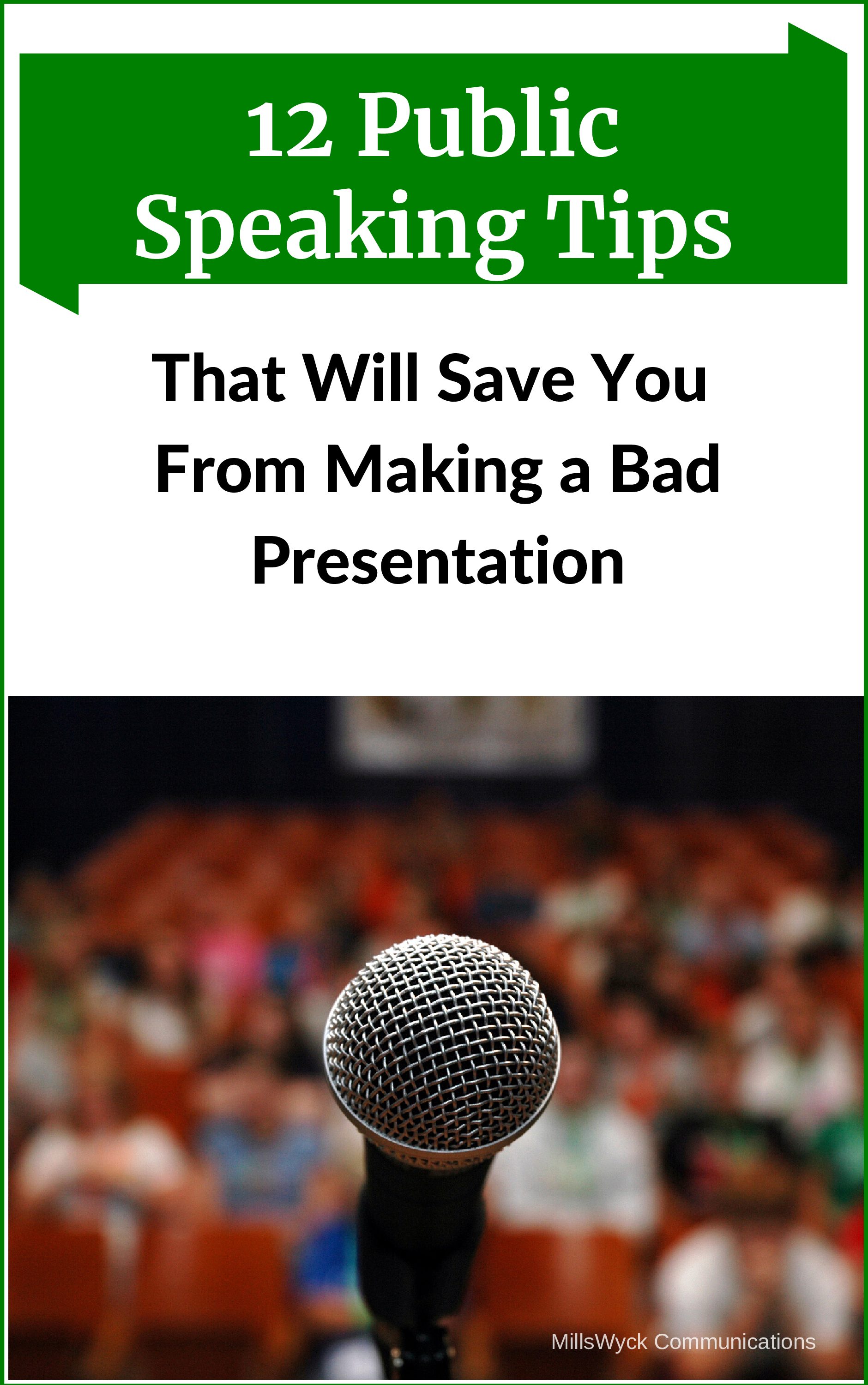Engage your audience without using verbal polls
How many of you use verbal polls in your presentations? OK, that was a set-up.
In our workshops, one of the most popular ways for people to get started (we’re usually prompting them with a topic they have not prepared) is to start with some sort of a poll:
- How many of you ate Mexican food this week?
- How many of you watched the Big Game last night?
- Raise your hand if you own a pet?
- Did you like the band at the mixer last night?
There’s nothing inherently wrong with asking questions or verbal polls your audience, of course. But I find this to be a very weak method for engaging an audience. But it’s easy. And that causes the pothole that we often fall into. We do what is easy rather than what is good for our audience and good for our message.
Four reasons verbal polls are bad:
- The audience often does not know what to do with your poll. Very few presenters set the poll up correctly by telling their audience what to do. A simple, “By a show of hands, how many…” is a much better entry, because the audience knows what they are supposed to do. Otherwise, they are left wondering, Do I just think in my head? Shout out my answer? Turn to my neighbor and laugh? Give explicit directions so your audience knows what to do.
- Polls (epically binary polls with only two options) aren’t usually engaging. People don’t think, “Oh goody! I get to raise my hand!” Next time you listen to a poll or you hear a speaker ask the audience for a response, listen – really listen – to the audience. Usually you hear… a Grunt. Not a shout. It’s silly when you notice it for what it is. Or not.
- Polls divide your audience. How many of you have seen the new Toy Story movie? Some have, some haven’t. If I look around and the rest of the audience is reacting opposite of me, then I may feel inferior (not likely with a movie, but if the question is about my happiness, or my income, or my preparation for the upcoming conference, then I might be very hesitant to be the outlier). That isolates me and causes me to feel inferior. Not exactly the connection the speaker wished for. For more on dividing your audience, watch this 3-minute “If you’ve ever…” episode from our What Not to Say Video
- Polls can alienate your audience. How many of you have been to New York City? When only three people out of a hundred raise their hands, it makes you look like the outlier – you have missed connecting with your audience. And as we teach in our workshops, connection is what makes people want to listen to you. Unless you KNOW that your audience shares your view, experience, or idea, then a poll has the potential to backfire on you. Funny example: In college I had a roommate in casual conversation say, “This tastes like dog food.” We fired back, “How do you know?” His answer: “Everybody’s eaten dog food… Right?” While he didn’t implicitly poll our group, our response indicated a disconnect with his audience, a fact he relives when we get together to this day.
Four things to do instead of a verbal poll:
- Just tell your audience the nugget you want to share. Most of the time, there is no reason to poll your audience. If you aren’t going to change what you say or cover based on the outcome of a poll, then there really is no reason to ask, “How many of you…?” If you do have options in what to share, it’s far better to know that going in (see #3).
- Include your audience and have them share the necessary information. It’s a whole lot more engaging for an audience to share the moral of the movie, the best thing about New York, or how to win a baseball game (I use that one) than for me to ramble on about it. This is limited when the audience is large, of course, but the principle is the same. People are a lot more engaged when they are talking and thinking than when all you ask them to do is listen and occasionally grunt.
- Do your homework upfront and find something you know resonates with your audience. When I’m talking to corporate audiences, I almost always request a conversation with the sponsor to understand the audience better. One of the things I frequently speak on is how lingo gets in the way of communication and limits how we interact with outsiders. I get a list of acronyms and terms the audience is used to using, and then find other meanings of the same terms. It almost always gets a laugh and is very poignant for them to realize that their Continuous Quality Improvement (CQI) could be thought of as the Coffee Quality Institute (there really is such a thing).
- Tell a story. A much better way to connect is to tell a story that resonates. I’ve written before about How to Start a Speech with a Story. Details, drama, and dialog get you going and get the audience to picture, stay tuned, and identify with what’s going on. “I was six years old, with a Scooby Doo backpack, a new 64-color crayon pack with a built-in sharpener, and a peanut butter sandwich…” is a much better beginning than “How many of you remember your first day of school?”
Verbal polls are designed to get information from a group of people. When all you’re doing is setting up the next sentence, you’re misusing them. Connect with an audience – quickly. The first sentence isn’t too early. But don’t ask them to give you information you intend to ignore. There are better ways.
Communication matters. What are you saying?
Want more speaking tips? Check out our Free Resources page.
We can also help you with your speech with our Workshops or Personal Coaching.
This article was published in the September edition of our monthly speaking tips email newsletter, Communication Matters. Have speaking tips like these delivered straight to your inbox every month. Sign up today to receive our newsletter and receive our FREE eBook, “Twelve Tips that will Save You from Making a Bad Presentation.” You can unsubscribe at any time.



